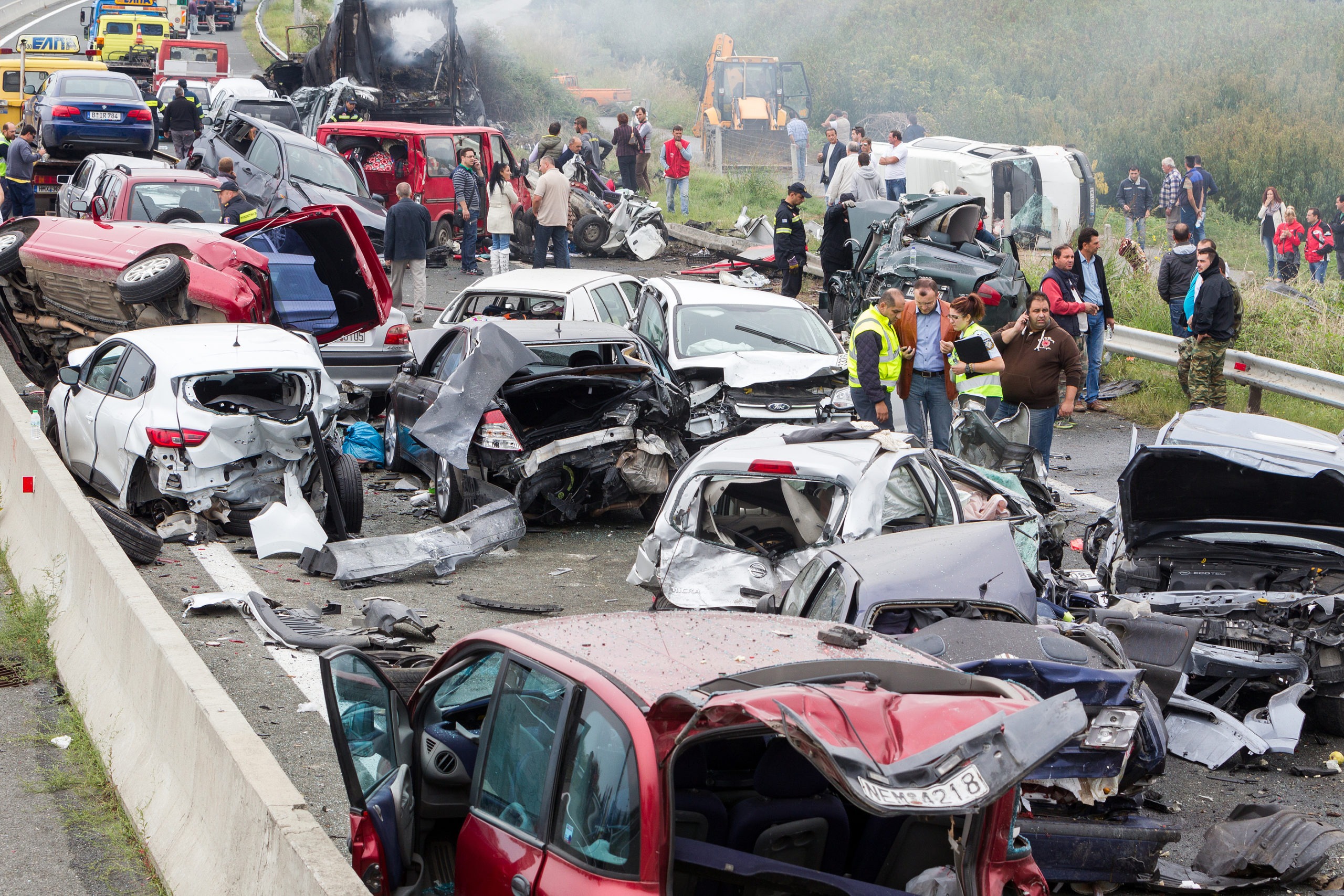Final Destination: The Ultimate Guide to Horror's Most Creative Franchise
Final Destination: The Ultimate Guide to Horror's Most Creative Franchise

Since 2000, the Final Destination franchise has terrorized audiences worldwide with its unique premise: Death itself as the ultimate villain, hunting down survivors of catastrophic disasters through elaborately orchestrated "accidents." With six films spanning over two decades, this horror series has redefined the genre by transforming everyday objects into instruments of doom.
Table of Contents
- What Makes Final Destination Unique
- Complete Movie Order and Timeline
- Most Memorable Disaster Sequences
- Understanding Death's Design
- Box Office Success and Cultural Impact
- Final Destination Bloodlines: The Latest Chapter
- Frequently Asked Questions
What Makes Final Destination Unique in Horror Cinema
Unlike traditional slasher films featuring masked killers or supernatural monsters, Final Destination presents Death as an invisible, omnipresent force that manipulates the environment itself. Created by Jeffrey Reddick, the franchise originated from a spec script written for "The X-Files" before evolving into a groundbreaking film series.

The formula is deceptively simple yet brilliantly executed: a protagonist experiences a premonition of a massive disaster, saves themselves and others by leaving the scene, only to discover that Death systematically hunts down the survivors in the order they would have originally died.
Complete Final Destination Movie Order and Timeline
The Final Destination movies can be watched in two different orders: release order or chronological order within the franchise's timeline.
Release Order:
- Final Destination (2000) - The original Flight 180 disaster
- Final Destination 2 (2003) - Highway pile-up horror
- Final Destination 3 (2006) - Roller coaster catastrophe
- The Final Destination (2009) - Racetrack tragedy
- Final Destination 5 (2011) - Bridge collapse prequel
- Final Destination Bloodlines (2025) - Multi-generational story
Chronological Timeline:
Interestingly, Final Destination 5 serves as a prequel, taking place just before the events of the original film, creating a clever narrative loop that connects directly to Flight 180.
Most Memorable Disaster Sequences

Each Final Destination film begins with a spectacular disaster sequence that sets the tone for the entire movie:
- Flight 180 Explosion - The airplane disaster that started it all remains iconic for its realistic portrayal of in-flight catastrophe
- Route 23 Pile-up - The infamous logging truck sequence that made audiences paranoid about highway driving
- Devil's Flight Derailment - The roller coaster crash that turned amusement parks into places of terror
- McKinley Speedway Crash - A racetrack disaster showcasing the franchise's move into 3D filmmaking
- North Bay Bridge Collapse - A suspension bridge catastrophe that demonstrated improved special effects
Understanding Death's Design and Rube Goldberg Mechanics

The genius of Final Destination lies in its "Death's Design" concept - elaborate chain reactions that transform mundane situations into deadly traps. These sequences function like deadly Rube Goldberg machines, where a simple action triggers an increasingly complex series of events leading to inevitable doom.
Key elements include:
- Environmental Manipulation - Death uses everyday objects as weapons
- Chain Reactions - Small incidents cascade into major catastrophes
- Misdirection - Characters often avoid obvious dangers only to face unexpected threats
- Inevitability - No matter how clever the escape attempt, Death always finds a way
Box Office Success and Cultural Impact
The Final Destination franchise has achieved remarkable commercial success, grossing nearly $1 billion worldwide across six films. This makes it New Line Cinema's third most lucrative horror franchise, behind only The Conjuring Universe and the It series.

Beyond box office numbers, the franchise has significantly influenced horror cinema by:
- Introducing the concept of Death as an environmental antagonist
- Creating a new subgenre scholars call "grand slashers"
- Inspiring countless imitators and parodies
- Establishing Tony Todd's William Bludworth as a recurring character across multiple films
Final Destination Bloodlines: Expanding the Mythology
Final Destination Bloodlines (2025) represents both a return to form and an evolution of the franchise. Set across two time periods - 1969 and 2024 - the film introduces the concept that Death's vengeance can span generations, targeting entire family bloodlines rather than just immediate survivors.
This latest installment features:
- A multi-generational storyline spanning 55 years
- Tony Todd's final performance as William Bludworth
- Enhanced practical effects combined with modern CGI
- The highest budget in franchise history at $50 million
Frequently Asked Questions
How many Final Destination movies are there?
There are currently six Final Destination movies, with the latest being "Final Destination Bloodlines" released in 2025. A seventh film has already been announced and is in development.
Do you need to watch Final Destination movies in order?
While each film tells a standalone story, watching them in release order enhances the experience. Final Destination 2 directly references the first film, and Final Destination 5 serves as a prequel that connects to the original.
What is the best Final Destination movie?
The original Final Destination (2000) is widely considered the best, establishing the franchise's core concepts. Final Destination 3 and Final Destination 5 are also highly regarded for their creative death sequences and strong storytelling.
Who is William Bludworth in Final Destination?
William Bludworth, played by Tony Todd, is a mysterious mortician who appears throughout the franchise. He seems to understand Death's design and provides cryptic warnings to the survivors, though his true nature remains ambiguous.
Is Final Destination based on a true story?
No, but creator Jeffrey Reddick was inspired by a real news story about a woman who changed flights after her mother had a premonition about a plane crash. The flight she originally planned to take did crash.
The Final Destination franchise continues to evolve while maintaining its core appeal: the terrifying possibility that death is always just one coincidence away. With its unique premise, creative kill sequences, and philosophical exploration of mortality, it remains one of horror cinema's most distinctive and enduring series.
As the franchise moves forward with new installments planned, one thing remains certain - Death's